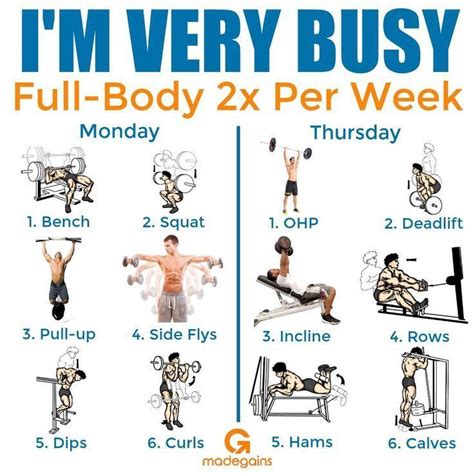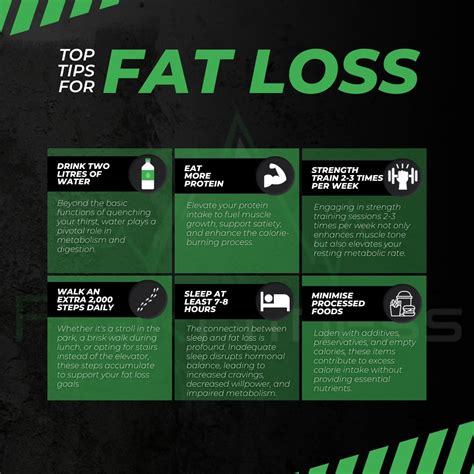How to optimize workout efficiency for peak lean muscle & functional strength?

Maximizing Your Time: The Essence of Workout Efficiency
In a world where time is a premium, optimizing your workouts isn’t just about getting fitter; it’s about making every minute count. Achieving peak lean muscle and functional strength doesn’t require endless hours in the gym, but rather a smart, strategic approach. This guide will walk you through the most effective principles to transform your training, ensuring every rep brings you closer to your goals.

The Cornerstone: Prioritize Compound Movements
If efficiency is your goal, compound exercises must be at the core of your routine. Movements like squats, deadlifts, bench presses, overhead presses, and rows engage multiple joints and muscle groups simultaneously. This not only burns more calories and elicits a greater hormonal response conducive to muscle growth, but it also translates directly to real-world functional strength. By focusing on these fundamental lifts, you build a robust foundation that supports all other physical endeavors.
Master Progressive Overload
Muscle growth and strength gains hinge on one non-negotiable principle: progressive overload. Your body adapts quickly, so to continue making progress, you must constantly challenge it. This means systematically increasing the demands on your muscles over time. Progressive overload can manifest in various ways:
- Increasing weight: The most straightforward method.
- More repetitions: Performing more reps with the same weight.
- More sets: Adding an extra set to an exercise.
- Decreasing rest time: Completing the same work in less time.
- Improving form: Executing a movement with better control and range of motion, making it harder.
- Increasing training frequency: Hitting a muscle group more often.
Tracking your workouts is crucial here. Keep a log to ensure you’re consistently pushing past your previous limits.

Strategic Programming: Periodization for Peak Performance
While progressive overload is key, simply adding weight indefinitely isn’t sustainable. This is where periodization comes in. Periodization involves strategically varying your training intensity, volume, and exercise selection over planned cycles (e.g., weeks, months). This prevents plateaus, reduces the risk of overtraining and injury, and allows your body to recover and adapt effectively. A typical periodized program might include phases of:
- Accumulation: Higher volume, moderate intensity for hypertrophy.
- Intensification: Lower volume, higher intensity for strength gains.
- Deload: Reduced volume and intensity for active recovery and supercompensation.
Cultivate the Mind-Muscle Connection
Efficiency isn’t just about what you lift, but how you lift it. The mind-muscle connection refers to consciously focusing on contracting the target muscle throughout the exercise’s full range of motion. Instead of just moving the weight from point A to point B, actively think about squeezing and feeling the muscle work. This enhances motor unit recruitment, leading to more effective muscle activation and superior hypertrophy results, making each rep significantly more impactful.

Intensity and Time Under Tension
Beyond the mind-muscle connection, actual intensity matters. This doesn’t necessarily mean lifting the heaviest weight, but rather applying enough stimulus to challenge your muscles. For hypertrophy, focusing on time under tension (TUT) can be highly effective. This involves controlling both the concentric (lifting) and eccentric (lowering) phases of a lift, extending the time the muscle is under stress. Efficient rest periods, typically 60-90 seconds for hypertrophy and 2-3 minutes for strength, are also crucial for maintaining intensity within a session.
Fueling and Recovery: The Unsung Heroes
Even the most perfectly optimized workout is fruitless without proper fuel and recovery. Nutrition is paramount: adequate protein intake (around 1.6-2.2g per kg of body weight) for muscle repair and growth, sufficient complex carbohydrates for energy, and healthy fats for hormonal balance. Hydration is also critical for performance. Equally important is sleep; aim for 7-9 hours of quality sleep per night, as this is when your body repairs and rebuilds itself most effectively. Incorporating active recovery (e.g., light cardio, stretching) can also aid in reducing muscle soreness and improving blood flow.

Beyond the Basics: Advanced Efficiency Boosters
Once you’ve mastered the fundamentals, consider integrating advanced techniques for even greater efficiency:
- Supersets: Performing two exercises back-to-back with no rest in between (e.g., chest press immediately followed by a row).
- Drop Sets: Reaching failure on a set, then immediately reducing the weight and continuing for more reps.
- Circuit Training: Moving from one exercise to the next with minimal rest, typically covering the whole body. Great for conditioning and muscle endurance.
- Tempo Training: Deliberately controlling the speed of each phase of a lift to increase TUT.
Always prioritize proper form over lifting heavier weights, especially when trying new techniques. Incorrect form not only reduces effectiveness but significantly increases injury risk.

Conclusion
Optimizing your workout efficiency for peak lean muscle and functional strength is about working smarter, not just harder. By integrating compound movements, mastering progressive overload, employing strategic periodization, cultivating a strong mind-muscle connection, prioritizing intensity, and never neglecting nutrition and recovery, you can achieve remarkable results in less time. Consistency and a commitment to these principles will not only build a stronger, more capable physique but also instill discipline that extends beyond the gym.








